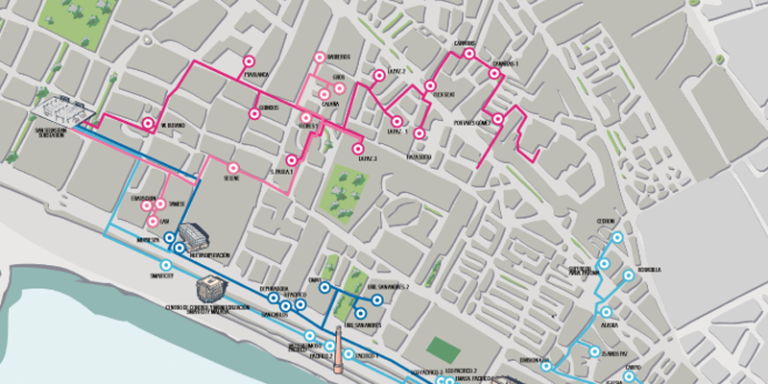The relevant role of smart grids arises as a consequence of the current global context. The outlook for the electricity sector is both hopeful and ambitious. National and European energy policies, especially The Paris Agreement (2015), have contributed to this. This agreement, whose main objective is to unite efforts to curb climate change, focuses on two key aspects: achieving zero net emissions by 2050 and placing people at the centre of the energy transition.
In practice, these objectives imply radical changes in the energy model as we know it and will require the cooperation of all the necessary mechanisms: distributed generation, electric vehicles, energy communities, self-consumption, flexibility markets, distributed storage and active demand response. Each of these has been the subject of research over the last decade by the academic community and the main companies in the sector, but the latest advances have also focused on the point they all have in common, the electricity distribution grid.
Smart grids at the heart of change
It is clear that grids are the nexus of all the new players in the sector, the infrastructure to which they are all connected and the main enabler of their functions. They connect cities and populations, supply hospitals and airports, allow you to recharge your electric vehicle or dump your excess solar generation. Without a smart distribution network adapted to the new players, there will be no energy transition.
However, following the advances of recent years, the management of the new distribution networks not only involves the control of electrical assets, but also the communication, storage and subsequent exploitation of the enormous amount of information generated in them.

The entire data ecosystem that is being created around distribution grids should not be seen as an obstacle but as the indispensable support for deploying true Smart Grids.
Assets digitalization, providing intelligence to all processes and defining data-driven control strategies are the three points on which this process of change must be based. In this way, Big Data tools and Artificial Intelligence will be realistic solutions for the grid in general and not mere pilot projects in controlled environments.
In Ingelectus we are aware of this challenge and we have spent the last 6 years dedicating our efforts and human team to the research and development of innovative solutions in smart grids. Projects such as MONICA and PASTORA, which address in detail the monitoring of the network and the implementation of AI algorithms in it; innovative technologies such as the State Estimation in Medium and Low Voltage grids, key for the monitoring of Smart Grids; the new products developed by Ingelectus, such as the Ingrid Platform; and the close collaboration with the School of Engineers of the University of Seville attest to the commitment of Ingelectus to play an important role in this green revolution.

In short, in Ingelectus we are convinced that by betting on the line of work of digitalization and data intelligence we will be able to deploy real Smart Grids. This new grid model will be a challenge for all players in the sector, but achieving it will be key to achieving the objectives of decarbonisation and green energy.


